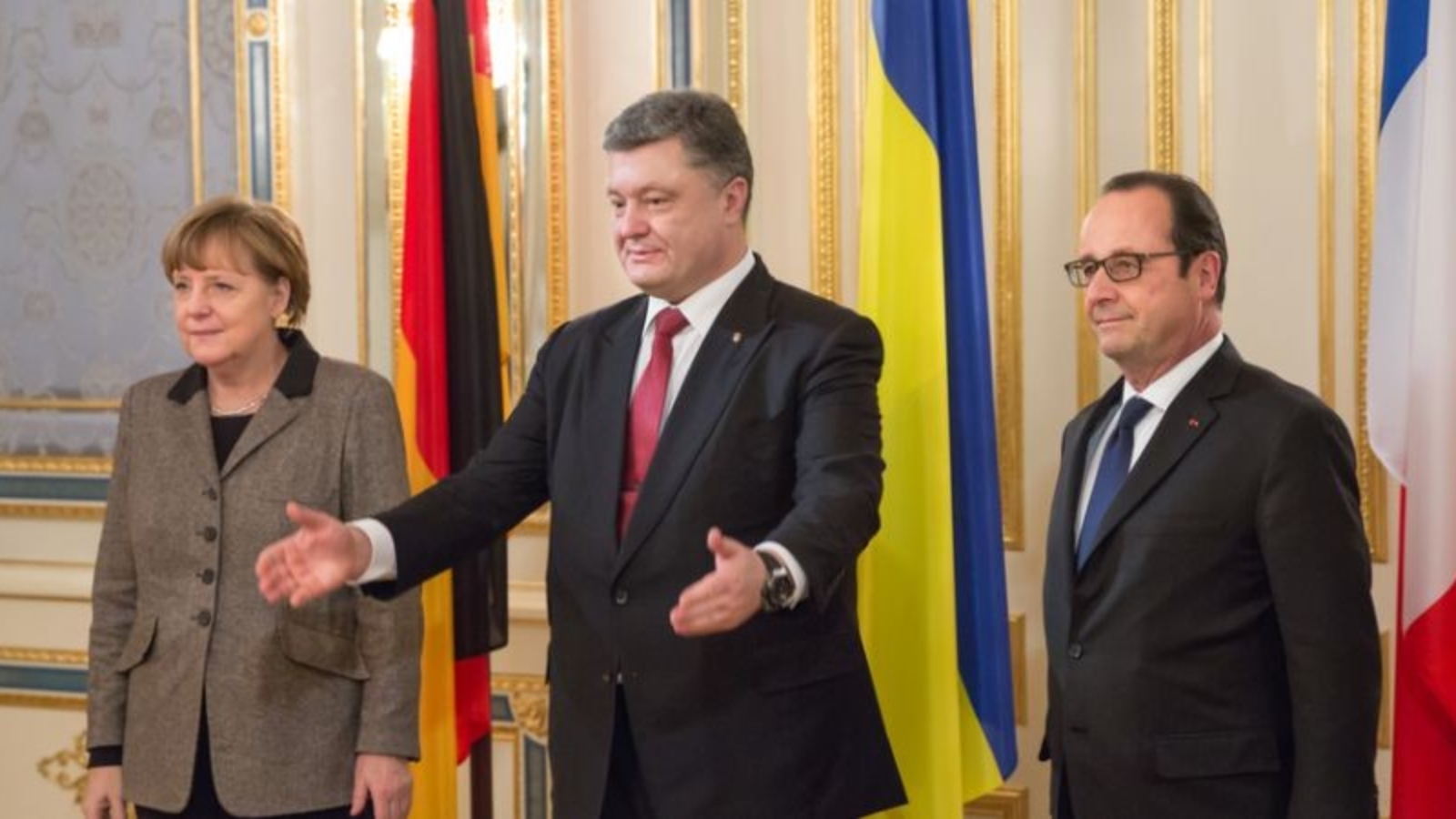This article was originally published on Fair Observer.
By Nathan Dabrowski
On July 15, when the European Commission’s Maros Sefcovic met with representatives of ENGIE, OMV, and Europe’s other gas companies, all eyes were on Ukraine. The meeting to discuss the country’s gas supplies and storage capacities comes on the heels of June’s discussions in Vienna, which failed to produce any agreement on natural gas prices between Moscow and Kiev.
The meeting underscores the wider economic and political disputes that involve Europe’s access to energy markets, transnational pipelines and its own historic but ever-evolving dependence on Russia’s extensive oil and gas resources — well beyond the disputed borders of Ukraine.
Ukraine claims the Gazprom pricing was unfair and sought a far deeper discount than the $40 offered by Russia, whose officials insist that the $100 rebate Ukraine wants would put natural gas at below-market prices influenced by the current downturn in global energy markets (natural gas prices follow oil prices in lockstep). Ukrainian Energy Minister Volodymyr Demchyshyn countered that the price failed to reflect the lower transit costs for Ukraine than for other Russian gas client nations, and that Ukraine’s access to European energy is less costly. As a result of the failed talks, Gazprom halted exports to Ukraine on July 1 for the fifth time in a decade.
This does not mean a repeat of the 2009 cold and gasless winter is in the works. Luckily, Kiev had 12.5 billion cubic meters (bcm) of gas reserves as of July 17, with nearly 40 percent of its underground storage tanks full. The European Commission tabled a plan for European energy companies to pump gas into storage, according to Yuriy Vitrenko, a spokesman for Ukraine’s Naftogaz. Additionally, Kiev announced on July 27 that it plans to boost gas imports from Europe by 20 million cubic meters (mcm), starting from August 1. The plan is simple: Come winter, Ukraine must have enough gas to pull through without Russian help.
Supply follows demand
Faced with the specter of always depending on the whims of a curmudgeon Russian neighbor, analysts have pointed out that Ukraine should instead look for gas sources elsewhere. Indeed, the Kiev government seems to be stuck with the misguided mentality that Russia and Russia alone could only supply the country with natural gas.
According to Alexandros Koronakis, director of New Europe, a solution is readily apparent, as “before 2010, Dmitry Firtash, co-owner of RosUkrEnergo, guaranteed the lowest gas prices in the country’s history by mixing cheaper Turkmen gas and Russian gas.” The agreement was cast aside when Yulia Tymoshenko signed a ten-year deal with Gazprom that served as the springboard for Kiev’s almost $30 billion in debt to the Russian giant.
Buying Turkmen gas would also strengthen Ashgabat’s own energy diversification strategy. Bruce Pannier, a correspondent for RFE/RL, argued that Turkmenistan’s reliance on a single export market (China) would be strategically dangerous over the medium-term and that the country must find ways to sell its gas to Europe.
“Before 2004, the Russian-Ukrainian natural gas spat was simply part of business as usual,” wrote Peter Zeihan for Stratfor, back in 2009. But that business as usual has long since been upended by Ukraine’s subsequent political alignments with the West and the continued military conflict at the Russian border.
Gazprom has vowed to shift transit routes away from Ukraine by 2019. Russia’s plan to extend alternative pipelines through Greece is the latest proposal that would join Nord Stream, Yamal and other routes that send gas to Germany and the West, all the while bypassing Ukraine. This so-called Turkish Stream route is expected to deliver 63 bcm of Russian gas and is scheduled to come online as soon as December 2016.
The proposal was met with immediate resistance from European Union (EU) and NATO leaders, who have discouraged alignment between Moscow and Athens and have urged Greek leaders to choose a Western-backed pipeline that crosses Azerbaijan instead.
The present dynamics of the relationship are altered by Ukraine’s access to alternative energy sources, including Hungary, Poland, and Slovakia. But these “reverse flow” contracts remain disputed by Russia and are currently under legal review. In some cases, Russian pressure on these countries has heavily influences their terms — Hungary suspended gas exports to Ukraine. Russia’s role is also altered by Ukrainian energy consumption patterns, which dropped by 14 percent in 2014 when compared with 2013, primarily due to interruptions in industrial operations.
But Ukraine’s production capacities have shifted, too. Russia’s annexation of Crimea meant the loss of the Chernomorneftegaz facility, which was expected to produce 3 bcm of natural gas by 2015 and position Ukraine at the forefront of production in the Black Sea region. The conflict in eastern Ukraine will remain the central issue for Moscow and the West long after a signed gas contract, as the geopolitical strategies for transporting natural gas to European markets overshadow the region.
As for the EU, the pursuit of alternatives to Russian natural gas remains a priority of its energy security strategy that was launched in 2014. The European Commission’s “stress test” of 38 countries in 2014 measured its capacity to respond in the event of Russian natural gas supply disruptions, and it remains an integral piece of Europe’s plans to ensure that the impact of Moscow’s energy policies is mitigated for the West.
The recent meeting between Sefcovic and European energy executives was focused on the short-term effects of Ukraine’s natural gas impasse with Russia, but that is by no means where the concerns of the EU end.
*****
*****
Nathan Dabrowski is an Eastern Europe Correspondent based in Krakow for an American economic intelligence firm. He is a self-confessed politics junkie and an aspiring freelance journalist.
[Photo courtesy of Drop of Light]
